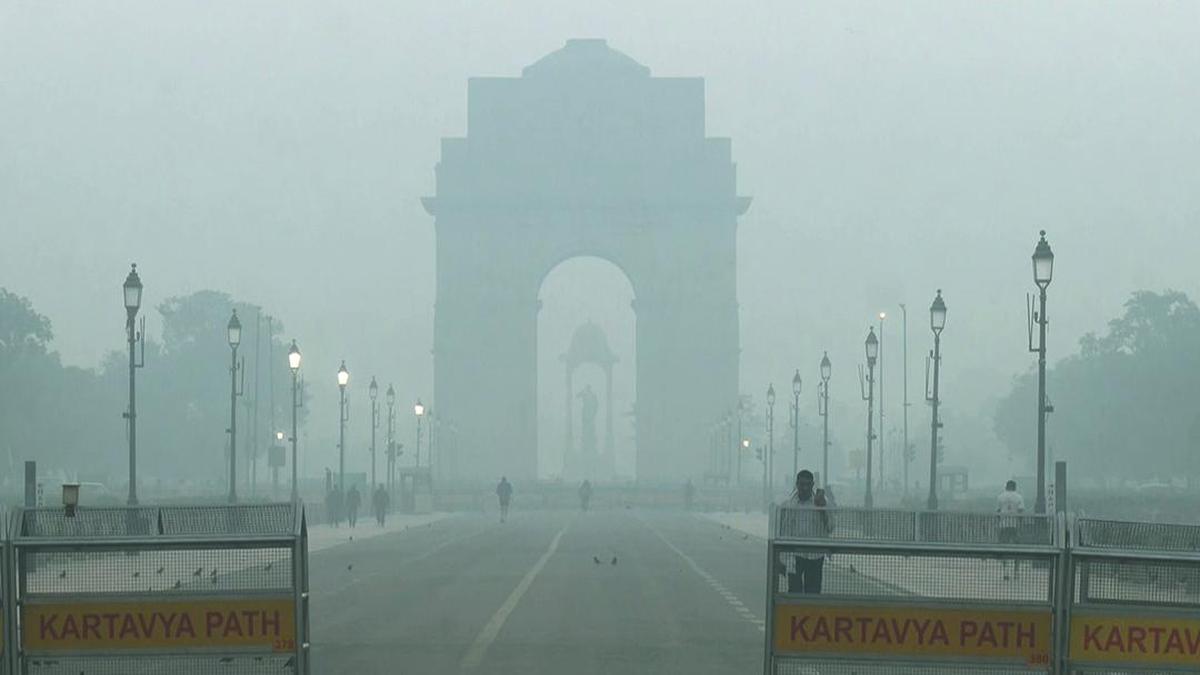Views
38
International Tigers Day on the 29th of July is a vital and urgent call to action, particularly in the face of pressing issues such as illegal trading, poaching, deforestation and land degradation. Known as an Umbrella or Keystone species, the tiger plays an integral role in maintaining the delicate balance of our ecosystem. Failing to protect and nurture their population will inevitably inflict a profound scar on our biodiversity.
Back in the 1980s, as many as 20,000 wild tigers roamed across Asia. Today, only 3,167 tigers have survived. India specifically finds itself in a precarious situation as it has witnessed a substantial increase in deforestation, while being home to 70% of the worlds tigers. It is important that action is taken to safeguard these magnificent creatures.
As an organisation, we firmly believe that planting trees and expanding our green cover contribute significantly to conserving the tiger population while simultaneously making a positive social impact.
Trees for Tigers®
We, at Grow-Trees, have developed a project called Trees for Tigers® to help conserve the forests in the Sundarbans and Ramtek.
These efforts will help in the following ways:

The Sundarbans, a vast mangrove forest in the Bay of Bengal, is home to a rich diversity of flora and fauna, including the Royal Bengal Tiger. Despite its rich resources, it isnt immune to problems such as high salinity levels, deforestation along the coasts, rapid urbanisation, unsustainable tourism practices and increased human-wildlife conflict.

The Ramtek forest area, located on the periphery of the Pench Tiger Reserve, suffers from identical issues. As the human population expands, it poses a severe threat of habitat loss to the animals occupying the region. This results in a diminishing population of the tigers’ prey, prompting them to occasionally turn to livestock and even humans as alternative sources of food. Such incidents pose a risk to human lives as well as wildlife conservation efforts.
You can help us conserve tigers this International Tiger Day by supporting our project. Youll be rewarded by an eTreeCertificate® for your efforts. Make a difference!
Subscribe to our newsletter and recieve a selection of our cool articles every week.

When Mumbai’s Morning Haze No Longer Feels Like Home
Mumbai Weather Update: AQI Turns Severe as Thick Haze Persists, Free Press Journal (FPJ).
Nov 24, 2025

Delhi Is Gasping Again, And This Time, Even the Clouds Refused to Help
Delhi is choking again. AQI levels have slipped into the ‘severe’ zone, cloud seeding failed, and emergency measures barely make a dent. Because the city doesn’t need one-off fixes, it needs long-term healing. Trees remain the simplest, most effective answer. They absorb carbon, trap dust, cool the air, and act as natural lungs. If Delhi wants cleaner winters, it needs more green cover, not just temporary interventions. Clouds may not cooperate, but trees always will.
Nov 17, 2025
Copyrights @ 2025 All rights reserved by Pangea EcoNetAssets Pvt Ltd.